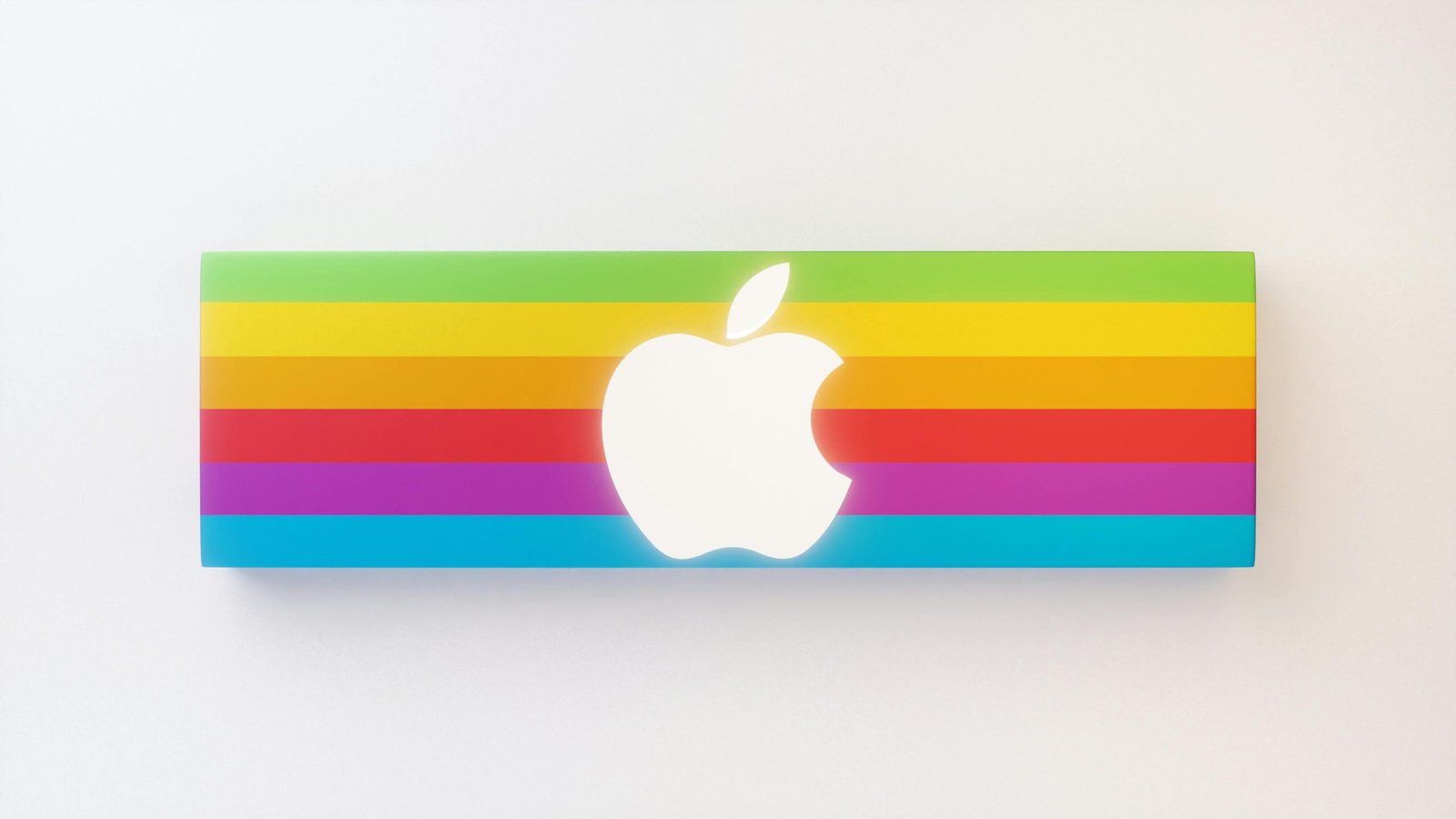How to Choose the Best Logo for Your Brand

Choosing the right logo is one of the most crucial steps in building a successful brand identity. The best logo doesn’t just look appealing; it communicates the essence of your brand, resonates with your target audience, and stands out in a competitive market. This guide covers the essential elements to consider when selecting a logo, including color psychology, typography, scalability, and alignment with brand values. With insights on current design trends and practical tips, you’ll gain clarity on how to make an informed choice, ensuring your logo effectively represents and strengthens your brand.
Understand Your Brand’s Core Values and Audience
- Defining Your Brand Identity: Outline your brand’s mission, values, and personality to ensure that the logo reflects the essence of your business.
- Audience Analysis: Tips on aligning your logo’s style with the preferences and demographics of your target market, enhancing brand connection.
Choose the Right Logo Style
- Different Logo Types: From wordmarks and monograms to symbols and emblems, each logo style has its strengths. Understand the differences to select a type that aligns with your brand.
- Trendy vs. Timeless: Balancing current trends with timeless design to ensure your logo remains relevant over time.
Color Selection and Psychology
- Using Colors to Communicate Emotion: Different colors evoke different emotions; choose shades that represent your brand’s values (e.g., green for eco-friendliness, blue for trust).
- Color Consistency Across Media: Tips for selecting colors that work well in both digital and print environments, ensuring a consistent brand look.
Focus on Typography and Font Choice
- Expressing Personality Through Fonts: Fonts have character and impact; selecting the right one conveys professionalism, playfulness, or luxury.
- Readability and Versatility: Choosing a typeface that is clear and readable across various formats, from business cards to website banners.
Scalability and Adaptability
- Ensuring Visual Clarity in All Sizes: A good logo should retain clarity when scaled down or enlarged, maintaining a professional look on different devices and platforms.
- Testing Across Platforms: Practical tips for testing your logo in multiple formats to ensure it looks consistent and polished everywhere.
Incorporate Meaningful Symbols or Icons
- Adding Depth with Symbols: Symbols and icons add visual interest while communicating deeper meanings or industry relevance.
- Avoiding Overly Complex Designs: Opt for simplicity in icon design to maintain clarity and memorability.
Look for Uniqueness and Distinction
- Standing Out in a Competitive Market: Tips for creating a logo that doesn’t blend in with others, ensuring your brand is easily recognizable.
- Avoiding Generic Design Elements: Steering clear of overused symbols and fonts, helping your logo feel fresh and unique.
Seek Feedback and Refine
- Gathering Input from Your Audience: Testing your logo concepts with your audience can reveal valuable insights.
- Iterating on Feedback: How to make small adjustments that improve the logo’s impact without losing its core identity.
Align with Long-Term Brand Goals
- Future-Proofing Your Logo: Creating a design that can grow with your brand, from launching new products to expanding globally.
- Considering Brand Extensions: Tips for designing a logo that remains adaptable as your brand diversifies or scales up.
Work with a Professional Designer
- Investing in Quality Design: How working with an experienced designer can make a difference, ensuring that every detail aligns with your brand’s vision.
- Choosing the Right Designer for Your Style: Finding a designer who understands your brand and can translate it into a compelling logo.














